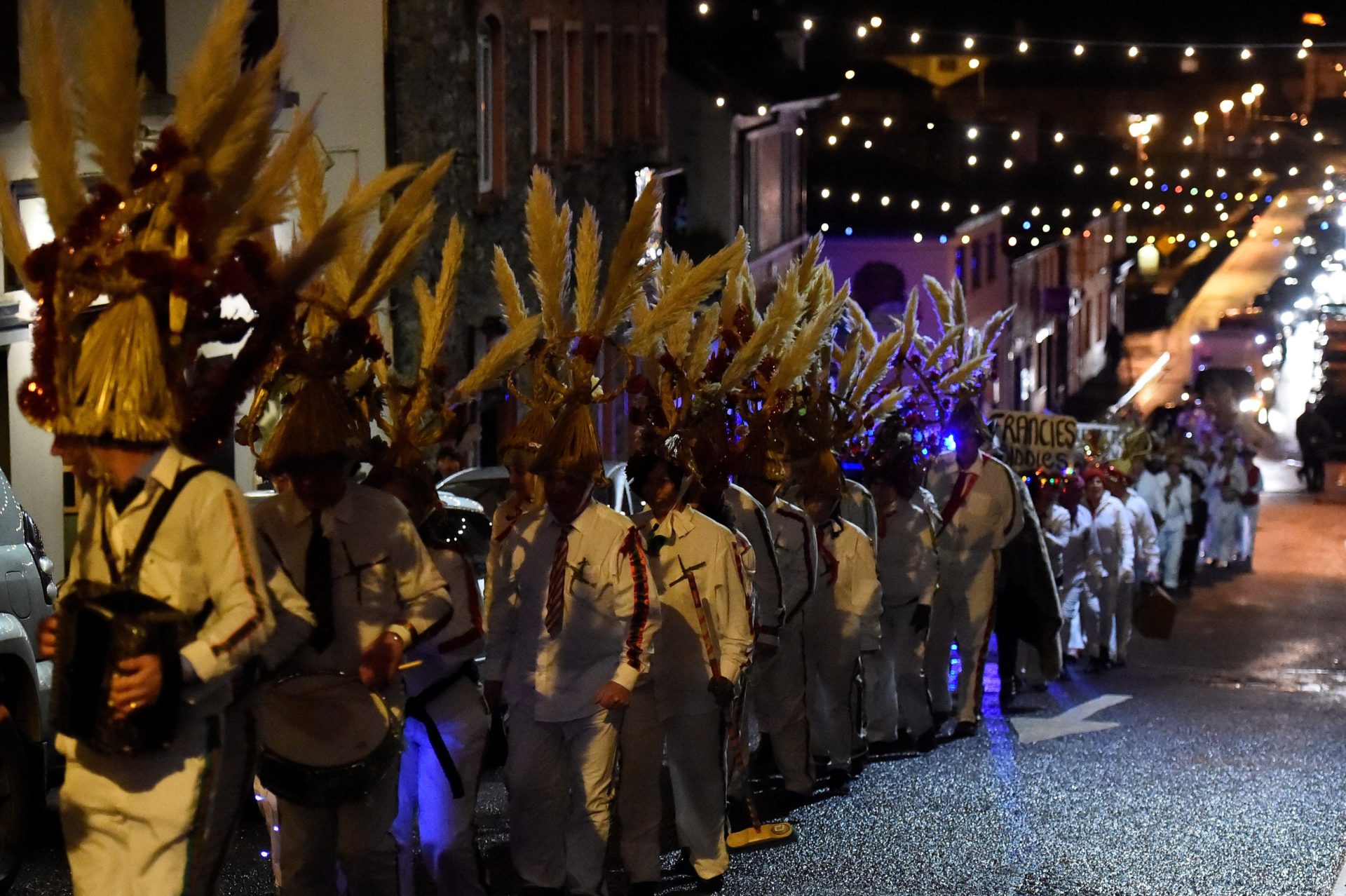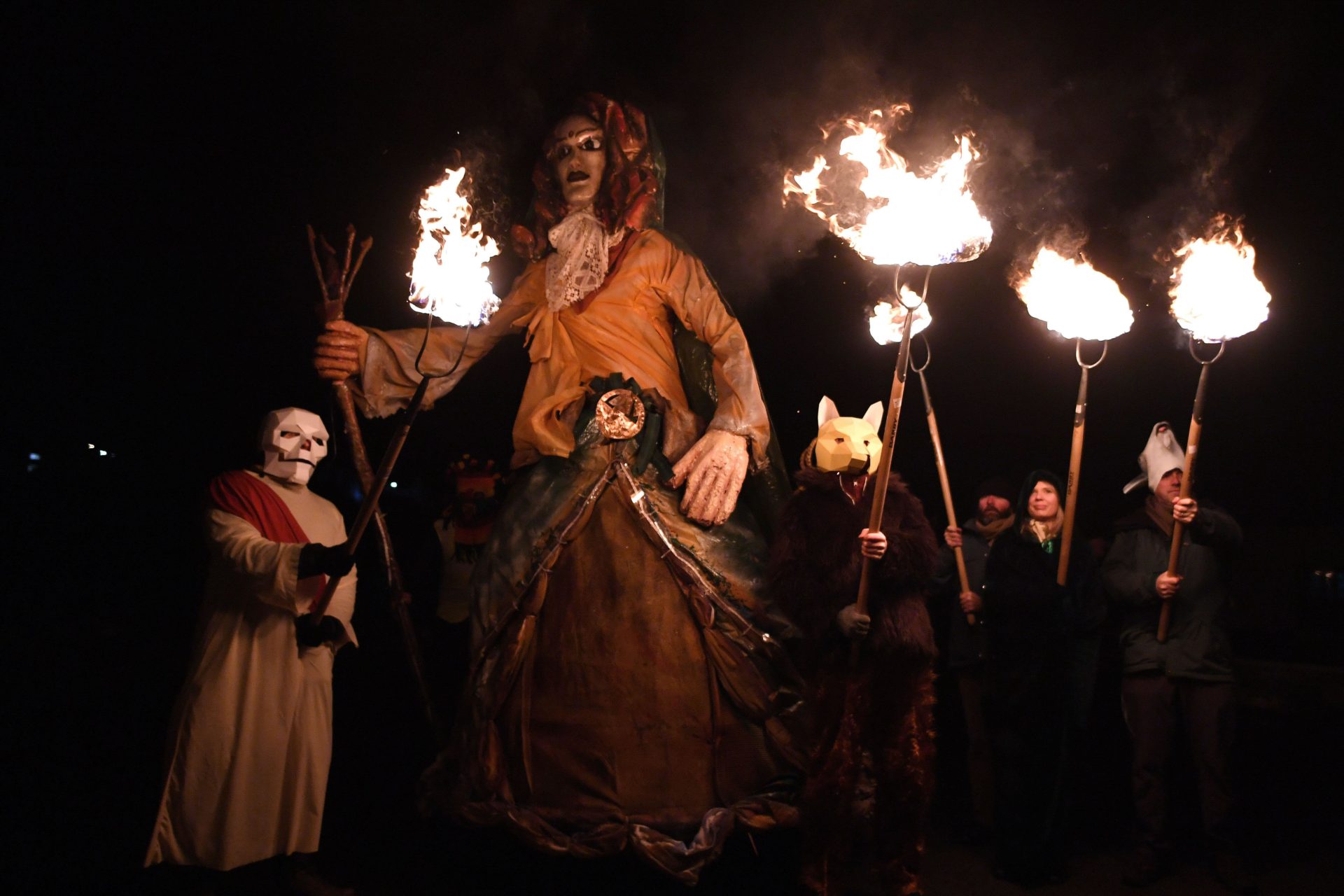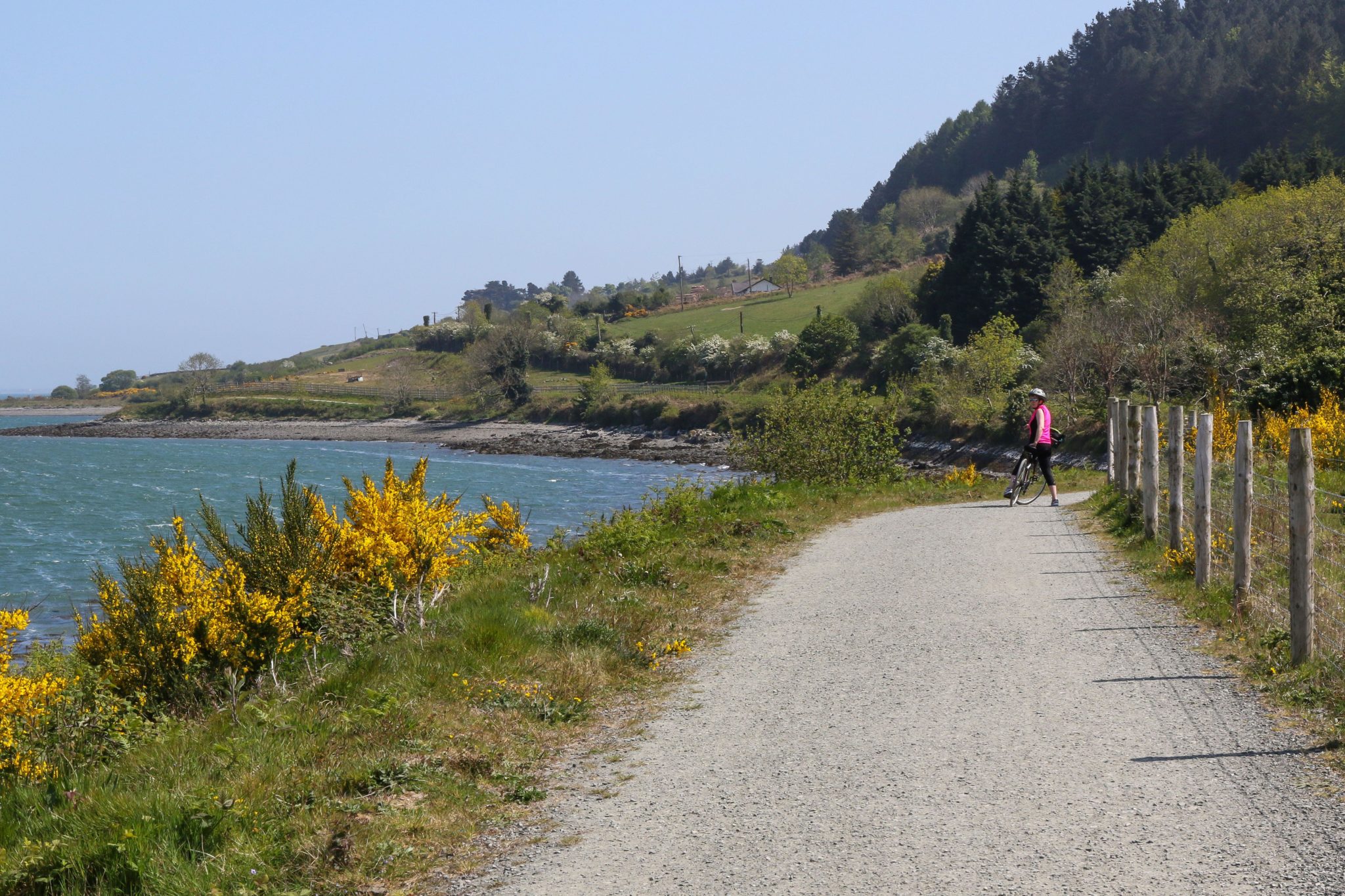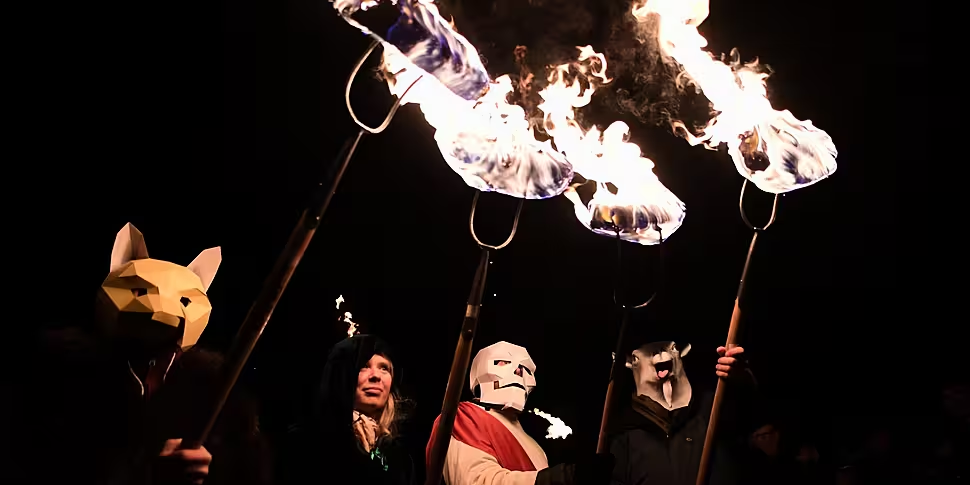Today marks the ancient Celtic festival of Imbolc - the beginning of Spring - but are we actually there yet?
On Newstalk Breakfast this morning Evelyn Cusack stepped into a furious debate between presenters Shane and Ciara about whether Spring has sprung or winter is lingering on for another month.
“Obviously, Dr Ciara Kelly is involved in paganism alongside her numerous degrees,” she said.
“What did Shakespeare say? A rose by any other name tastes just as sweet? You know, you are entitled to any definition you like really.”
Ms Cusack said the ancient Celt defined Spring as starting on February first and celebrated it with ‘Imbolc’, one of the four major Celtic festivals.
Literally meaning ‘in the belly’, Imbolc celebrated new life and the pregnancy of the ewes.
It also marked the halfway point between the Winter Solstice and Spring Equinox.
 Biddy's groups parade through the streets to celebrate the Celtic festival of Imbolc, in Killorglin, Ireland, 03-02-2018. Image: Reuters/Clodagh Kilcoyne
Biddy's groups parade through the streets to celebrate the Celtic festival of Imbolc, in Killorglin, Ireland, 03-02-2018. Image: Reuters/Clodagh KilcoyneThe festival honours the pagan goddess Brigid, who was the daughter of Dagda and considered one of the most powerful Celtic gods.
In pre-Christian times, people in Ireland prepared effigies of the goddess on the eve of Imbolc and then celebrated the day itself with burning lamps and bonfires.
It was much later that Brigid was adopted into Christianity as St Brigid – one of Ireland’s three patron saints.
 Participants hold pitchforks with a burning sod of turf to celebrate the Celtic festival of Imbolc, in Killorglin, Ireland, 03-02-2018. Image: Reuters/Clodagh Kilcoyne
Participants hold pitchforks with a burning sod of turf to celebrate the Celtic festival of Imbolc, in Killorglin, Ireland, 03-02-2018. Image: Reuters/Clodagh KilcoyneDespite the pagan traditions, modern Ireland has a different take on the beginning of spring – as Ms Cusack explained.
“So, scientifically, Met Éireann, along with the World Meteorological Organisation, defines Spring as March, April and May,” she said.
“The reason for that is we go on temperatures. This means that summer is then June July and August – and they are the highest temperatures.”
 Coastal cycling path in Ireland in spring, a female cyclist on the Omeath Carlingford Greenway on the track bed of a former railway line Co Louth.
Coastal cycling path in Ireland in spring, a female cyclist on the Omeath Carlingford Greenway on the track bed of a former railway line Co Louth.She said meteorologists need to agree on the seasons in order to chart changes in the weather over time.
“When we talk about, say, spring 1923, meteorologically you have to have the same month,” she said.
“You can’t be jumping from the Celts, to the pagans to the scientists.”









